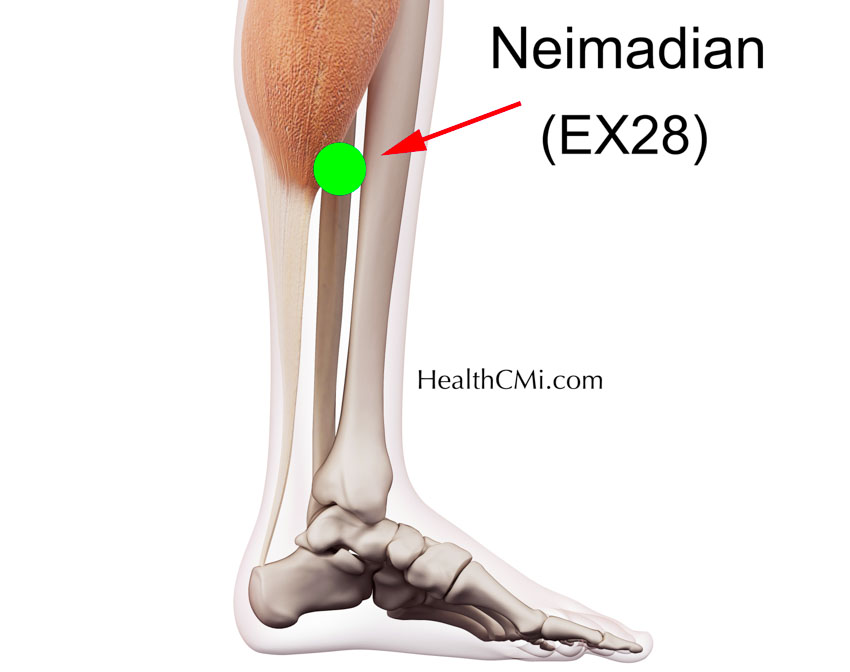
Acupuncture outperforms drugs for the relief of cancer pain. Research demonstrates that late-stage cancer patients have greater pain reductions using a special acupuncture point over the use of medications. This special use scenario applies to postoperative pain relief and pain prevention and management. Based on the findings, the non-pharmacologic and analgesic properties of acupuncture are clinically appropriate for late-stage cancer patients. An evaluation of the data indicates that an integrative medicine approach to patient care increases both the safety and efficacy of pain management by providing non-pharmacologic options, which helps to reduce dependence on opioids.
Researchers from Henan University of Science and Technology compared the therapeutic effects of acupuncture with that of a pharmaceutical medication. Two groups were compared. The acupuncture group received true electroacupuncture (EA) plus sham patient-controlled intravenous analgesia (PCIA). The drug group received sham EA and true sufentanil PCIA. Sufentanil is a synthetic opioid pain reliever. The researchers concluded that the acupuncture treatment group had superior patient outcomes compared with the drug control group. [1]
The acupoint selected for electroacupuncture treatment was Neimadian (EX28, inner anesthetic point). It is located 7 cun above the medial malleolus and 0.5 cun behind the posterior edge of the tibia. In Traditional Chinese Medicine (TCM), this acupoint is indicated for relieving pain, including postoperative pain. Modern research confirms that Neimadian is effective for postoperative pain relief and preventive pain mitigation. For example, Zhou et al. note that electroacupuncture stimulation at Neimadian and Neiguan (PC6) provides effective postoperative analgesia for patients receiving thoracic surgery. [2] Chang et al. conclude that electroacupuncture at Neimadian outperforms an opioid pain medication (tramadol) in preventive pain management for limb surgery patients. [3]
Researchers (Han et al.) used the following study design. A total of 140 late-stage cancer patients were treated and evaluated. They were randomly divided into an EA treatment group and a drug control group, with 70 patients in each group. The treatment group received true acupuncture in addition to placebo PCIA treatment, using normal saline. For the control group patients, sham acupuncture and true sufentanil PCIA treatment was applied. The sham acupuncture model was established by using the Streitberger placebo device (a short, blunt needle under a plastic cover that mimics stimulation).
The statistical breakdown for each randomized group was as follows. The treatment group was comprised of 37 males and 33 females. The average age in the treatment group was 61.9 ±7.9 years. The average weight in the treatment group was 64.6 ±6.9 kilograms. The control group was comprised of 36 males and 34 females. The average age in the control group was 62.4 ±6.7 years. The average weight in the control group was 66.8 ±7.5 kilograms. There were no significant statistical differences in gender, age, and weight relevant to patient outcome measures for patients initially admitted to the study.
The acupoint treated was Neimadian. After disinfection of the acupoint site, a 0.40 mm x 50 mm disposable filiform needle was inserted perpendicularly into the point, reaching a depth of 37 mm. Once a deqi sensation was obtained, the needle was connected to an electroacupuncture device. A disperse-dense wave of 2/100 Hz was applied with an intensity level set to patient tolerance levels or until muscle contractions were observable. Electroacupuncture was applied once per day, 30 minutes per acupuncture session, for a total of 2 days.
Multiple subjective and objective instruments were used to measure patient outcomes at several data points. Prior to and after completion of the first treatment day, the data points were: 1 hour prior to electroacupuncture (T0), 1 hour (T1) after, 8 hours (T2) after, 24 hours (T3) after. After completion of the second treatment day, the data points were: 1 hour (T4), 8 hours (T5), 24 hours (T6). First, the improvement of pain intensity was scored using the visual analog scale (VAS). Second, the plasma levels of norepinephrine (NE), 5-HT, leucine enkephalin, β-endorphin and dynorphin A1-13 were measured. Third, the safety level was assessed.
VAS scores at T1 to T6 in the patients of the acupuncture treatment group were all lower than those in the drug control group (p<0.05). The plasma levels of NE and 5-HT were significantly decreased in both groups after treatment (p<0.05), and the true EA group produced better results than the drug control group at T1, T2, T4, and T5 (p<0.05).
The plasma levels of leucine enkephalin, β-endorphin and dynorphin A1-13 were significantly increased in the EA group (p<0.05), and the improvements in the EA group were significantly greater than the drug control group at all data points (p<0.05). The safety levels of the EA group were significantly higher than those in the drug group.
The results indicate that electroacupuncture at Neimadian is more effective than sufentanil PCIA for relieving pain in late-stage cancer patients. Han et al. conclude that acupuncture is safe and effective for managing cancer pain and improving the wellbeing of cancer patients. Based on the data, additional research is warranted to confirm the results and to determine optimal integrative treatment protocols.
References:
[1] Han Xuechang, Xing Qunzhi, Li Yu, Dong Xu, Ma Xiaowu, Zhang Lu, Wang Qianqian. Clinical Trial of Electroacupuncture at Neimadian-point for Cancer Pain[J]. Acupuncture Research, 2020,45(10):845 -850.
[2] Zhou MT, Li Y, Han XC, Xing QZ, Wang YY, Dong X, Chang JX. Clinical Research of Electroacupuncture on the Analgesic Effect of Thoracic Perioperative Stage [J]. Chinese Acupuncture and Moxibustion, 2017, 37(7).
[3] Chang Gengshen, Mark Chang. Application of Preemptive Analgesia with Acupuncture Internal Numb Points in Orthopedic Surgery of Limbs [J]. Acupuncture Research, 2001, 26(3): 181-182.


